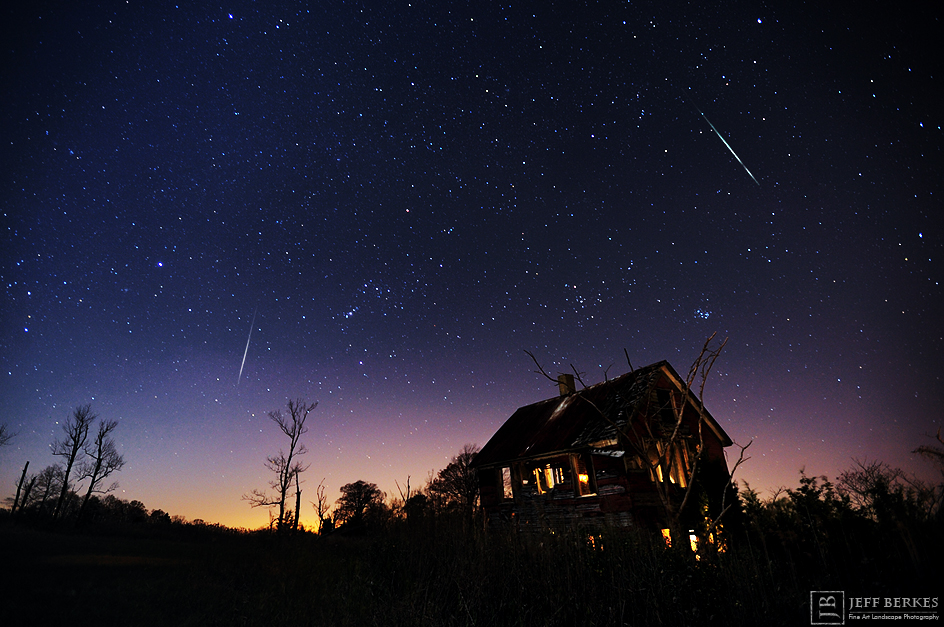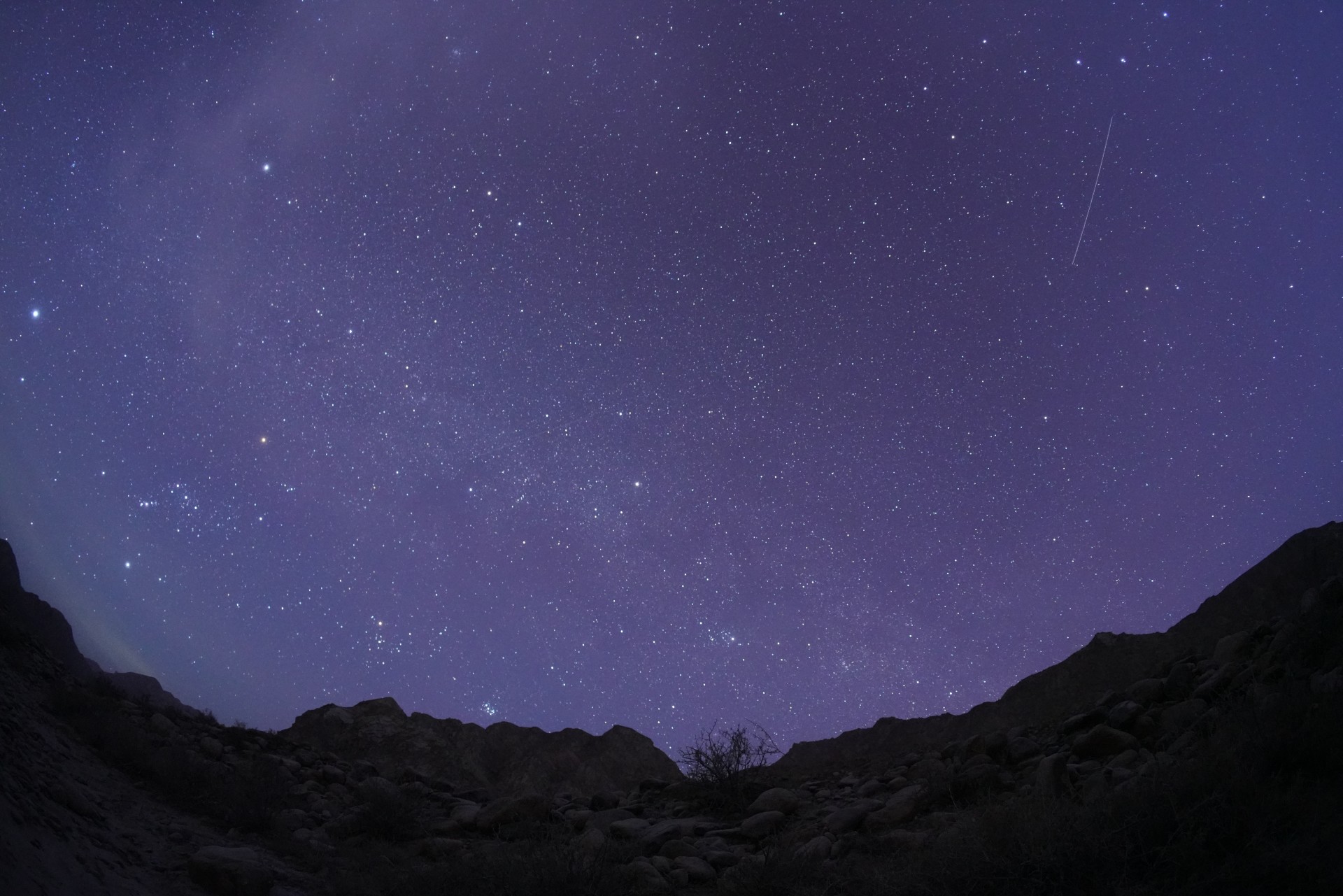The most famous of the annual meteor showers will soon reach its peak: the Leonids. These fast-moving meteors are set to peak on Saturday (Nov. 18) morning.
The Leonid meteor shower is known for producing some of the most spectacular meteor displays in the history of astronomy. The most notable were meteor storms in 1799, 1833, and 1966, when tens of thousands of meteors per hour were observed. More recently, in 1999, 2001 and 2002, there were “only” low Leonid sightings of up to a few thousand meteors per hour.
Unfortunately, the negative impact of the Leonid showers at the turn of the century was such that many people were given the idea to expect similar celestial fireworks from the Leonids every year. Therefore, it is important to emphasize here at the outset that any suggestion of a spectacular meteor Leonid display this year is, to put it mildly, overly optimistic.
So, if you’re hoping for a memorable meteor shower early Saturday morning, we’re sorry to break it to you, but the 2023 Leonids version will likely disappoint because it will be faint. Long stretches are when none are found.
Related: Meteor shower 2023: When is the next one?
How to see Leonidas this year
The International Meteorological Organization (IMO) predicts 10 to 15 per hour. There is no interruption, peaking at 5:00 UT on November 18. But no matter which forecast you believe, the Leonids are expected to pass through your line of sight on average every 3 to 6 minutes. That only assumes you’re blessed with a wide-open view of the entire sky and dark, light-free polluted conditions.
Watching meteor showers is a relatively straightforward pursuit. It consists of lying back, looking up at the sky and waiting. Note that local light pollution or obstructions such as tall trees or buildings can further reduce meteor viewing opportunities.
Lions don’t come into full view until after midnight, so this is the best time to focus on looking for Leonids. At dawn around 5 a.m. local time, The Sigil will have risen more than two-thirds of the way to a point directly overhead (called zenith) above the southeastern horizon.
Also, because the Leonids orbit the Sun in the opposite direction to Earth, they collide almost head-on with our atmosphere, resulting in the fastest possible meteors of 45 miles (72 km) per second. Such speeds tend to produce bright meteors that leave long streaks or vapor trains in their wake.
A mighty Leonid fireball can be quite spectacular, but such exceptionally bright meteors are likely to be few and far between this year (if any).

Comet crumbs
The Leonids earned their moniker because the shower’s emanating point — where meteors appear to exit — lies within a trailing question mark shape of stars known as “The Sigil” within the constellation of Leo, the Lion.
The meteors are caused by comet Tempel-Tuttle, which sweeps the inner solar system every 33.3 years. Every time a comet passes too close to the Sun it leaves behind a “river of debris”; A thick trail of dusty debris. A meteor storm is only possible if Earth directly hits the new dust trail ejected by the comet over the past two centuries.
The “lion’s share” (no pun intended) of cometary dust can be seen just ahead and behind Tempel-Tuttle. The comet last passed through the inner solar system in 1998. That is why spectacular meteor showers were observed in 1999, 2001 and 2002, after which the number decreased.
In 2016, Tempel-Tuttle reached aphelion in its orbit, which is how far it is from the Sun: 1.84 billion miles (2.96 billion km). Now the comet is heading back toward the Sun and the inner Solar System, and will come closest to the Sun again in May 2031.

A small year in 2023
But this, in the general vicinity of the comet, also has heavy concentrations of meteorites. In contrast, in the comet’s orbit where we pass on Saturday morning, there is only a scattering of particles; Comet debris disintegrated from the comet’s frozen nucleus a thousand or two years ago.
Therefore, 2023 Leonids is expected to show leaner activity this year. According to Mikhail Maslov, a highly respected Russian expert on meteor shower predictions, Projections indicate “moderate” highsHe suggests that the period between 0:00 and 12:00 UT on November 18 will be approximately the same (15 per hour).
Canadian meteor forecasters Margaret Campbell-Brown and Peter Brown published 2023 in the Observer’s Handbook of the Royal Astronomical Society of Canada in Nov. They are a little more optimistic suggesting a rate of 20 per hour with a maximum at 0600 UTC on the 18th. It will reach eastern and central North America by midnight.
A look ahead
The good news is that as Comet Tempel-Tuttle approaches the Sun, Leonids is expected to improve slowly. According to Michael Maslow, a large number of bright meteors are possible, especially in 2025. But that won’t be until 2033, when Maslow and another well-known forecaster, the Frenchman Jeremy Vaupailian, predict hourly rates of several hundred or more. . But the best years of the next Leonid cycle will be in 2034 and 2035.
In 2034, Tempel-Tuttle debris from 1699 led to anywhere from 400 to 1600 Leonids per hour, followed a few hours later by another spurt of activity from material dumped by the comet in 1767; 250 to 1000 Leonids are possible. Finally, in 2035, 300 to 900 Leonids are possible from the dusty pre-1633 meteor trail.
But if you can’t wait until then, here’s some good news: The biggest meteor shower is less than a month away: December’s Geminids, now considered the best meteor shower of the year, produce more than 100 an hour. They are expected to peak on the night of Wednesday, December 13. Space.com will bring you all the details as we get closer to that date. So, stay tuned!
If you want to see the stars or planets up close during a new moon or any other time, our guides to the best binoculars and the best binoculars are a great place to start.
If you want to take photos of the Leonids or the night sky in general, check out our guide on how to photograph meteors and meteor showers, as well as the best cameras for astrophotography and the best lenses for astrophotography.
Joe Rao works as an instructor and guest lecturer in New York Hayden Planetarium. He writes about astronomy Journal of Natural HistoryThe Farmers’ Almanac and other publications.